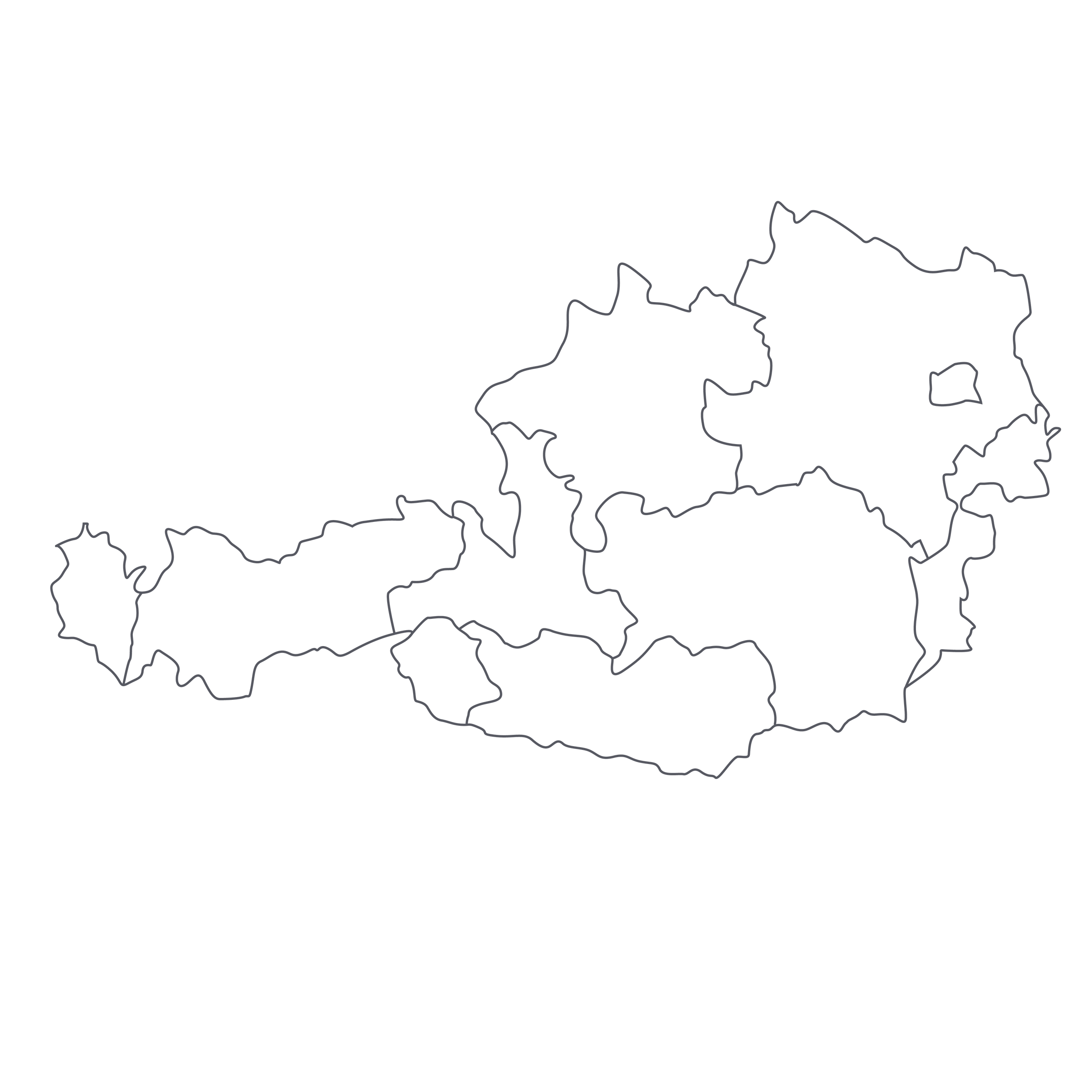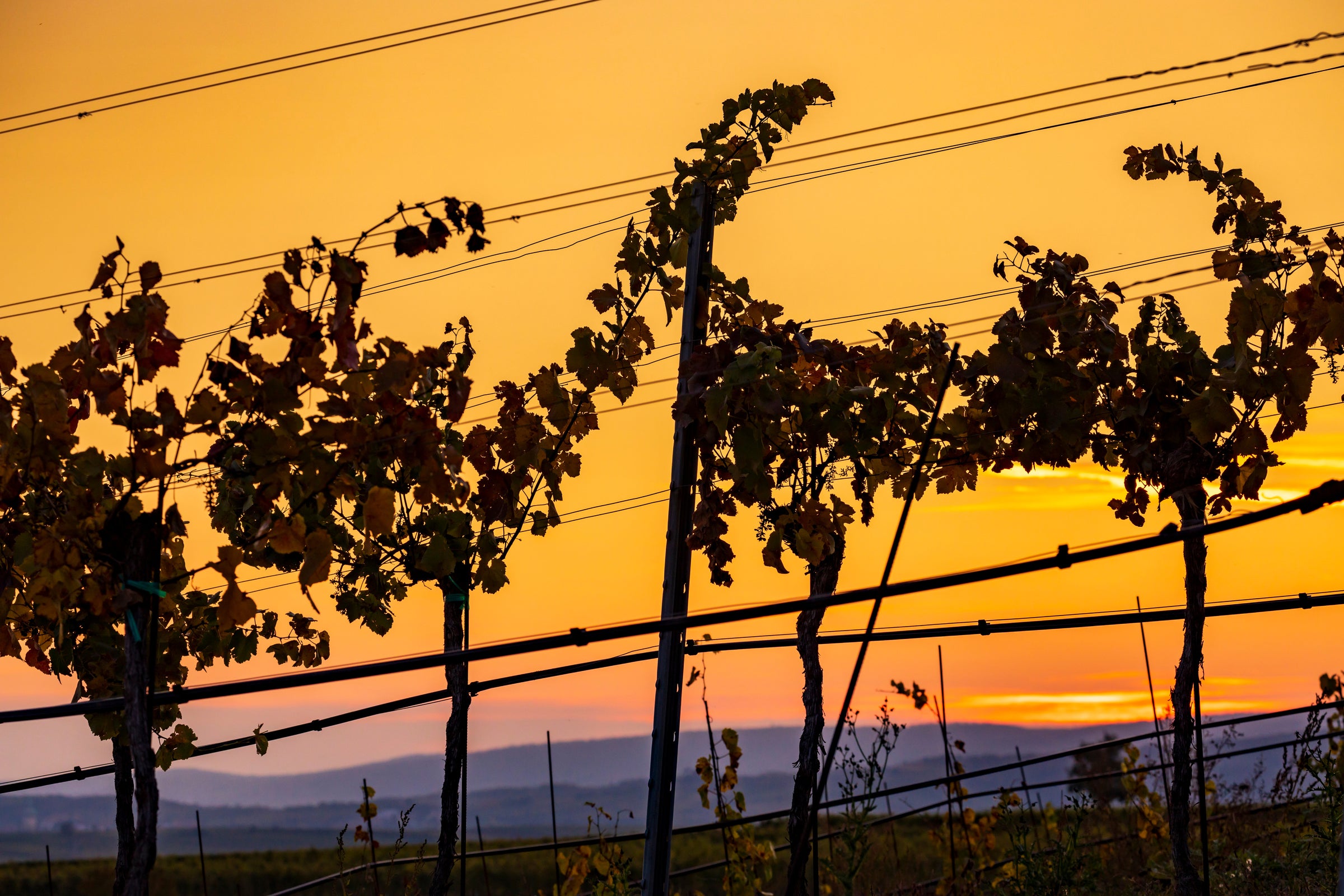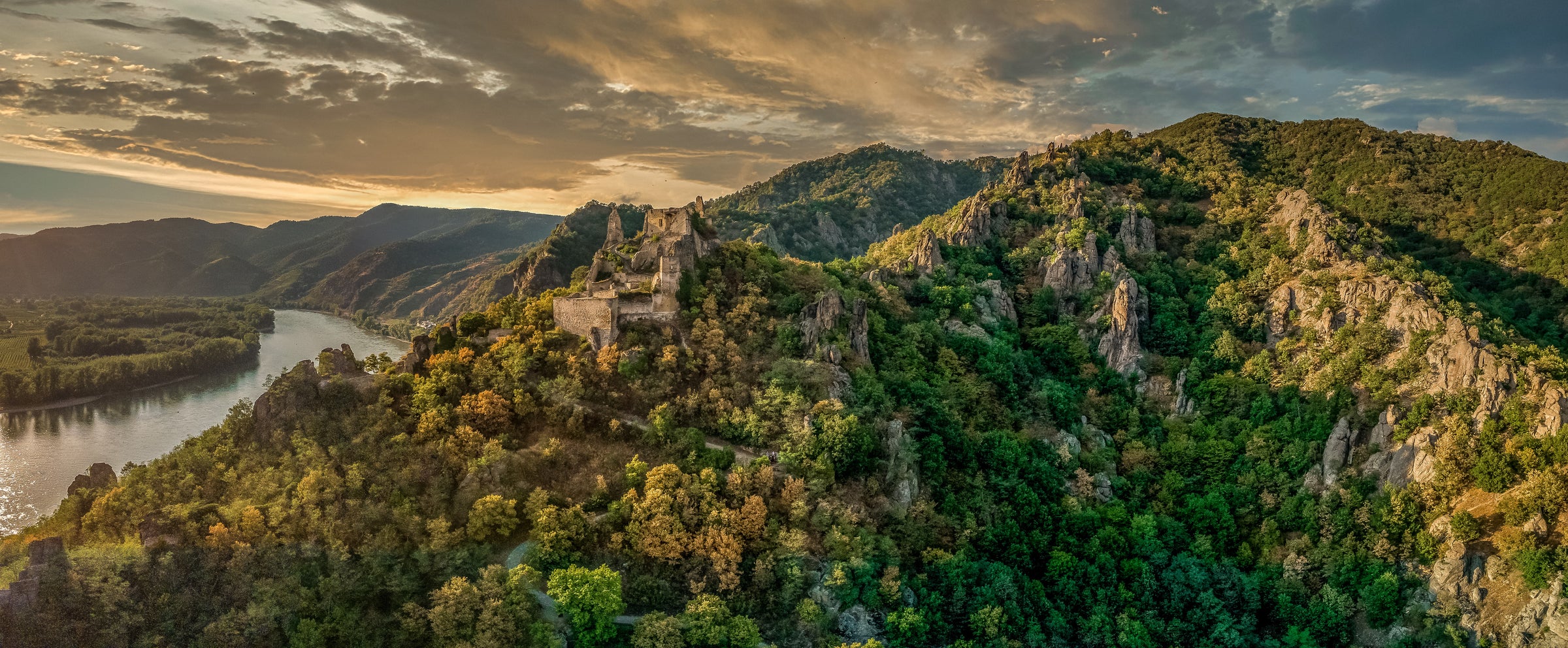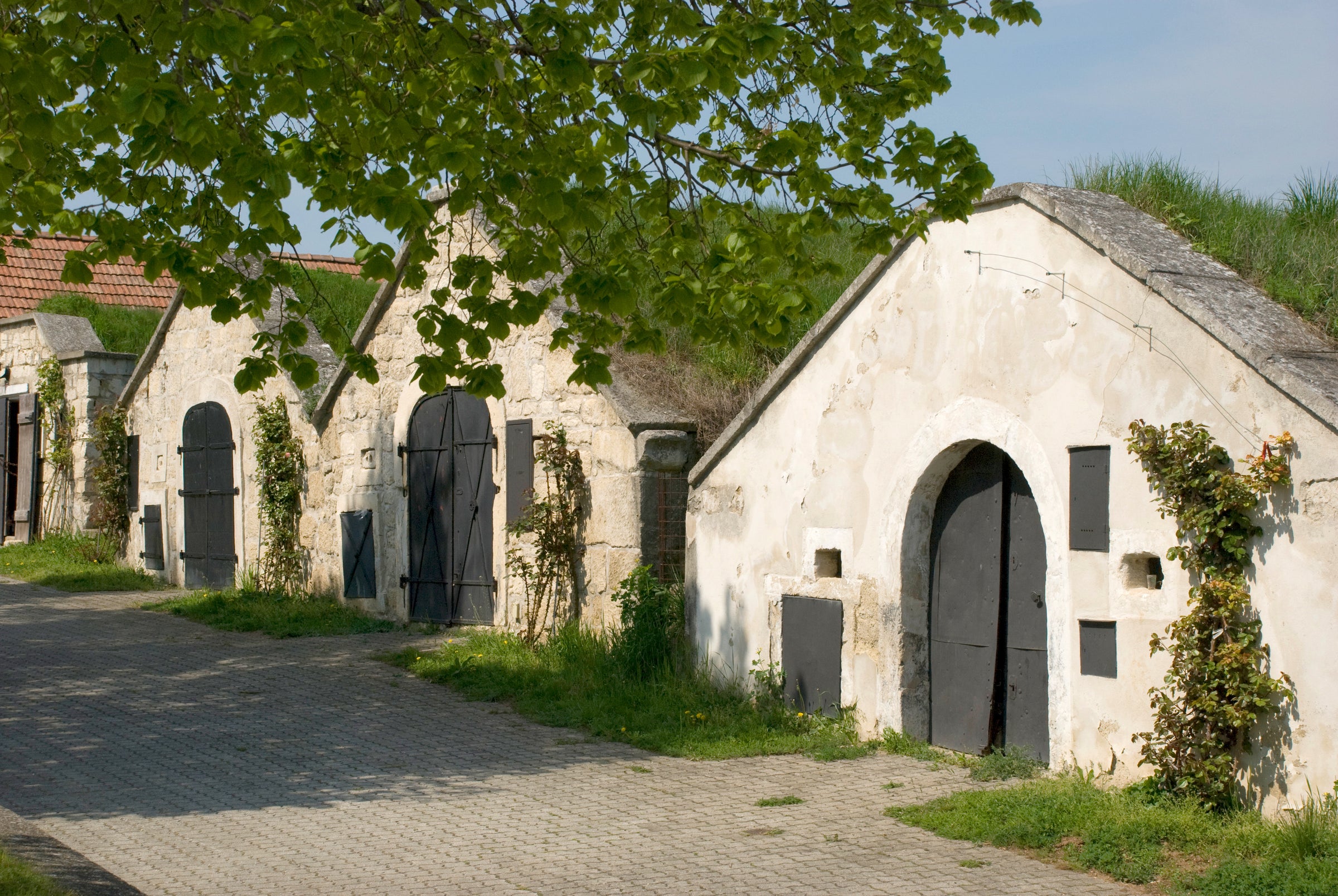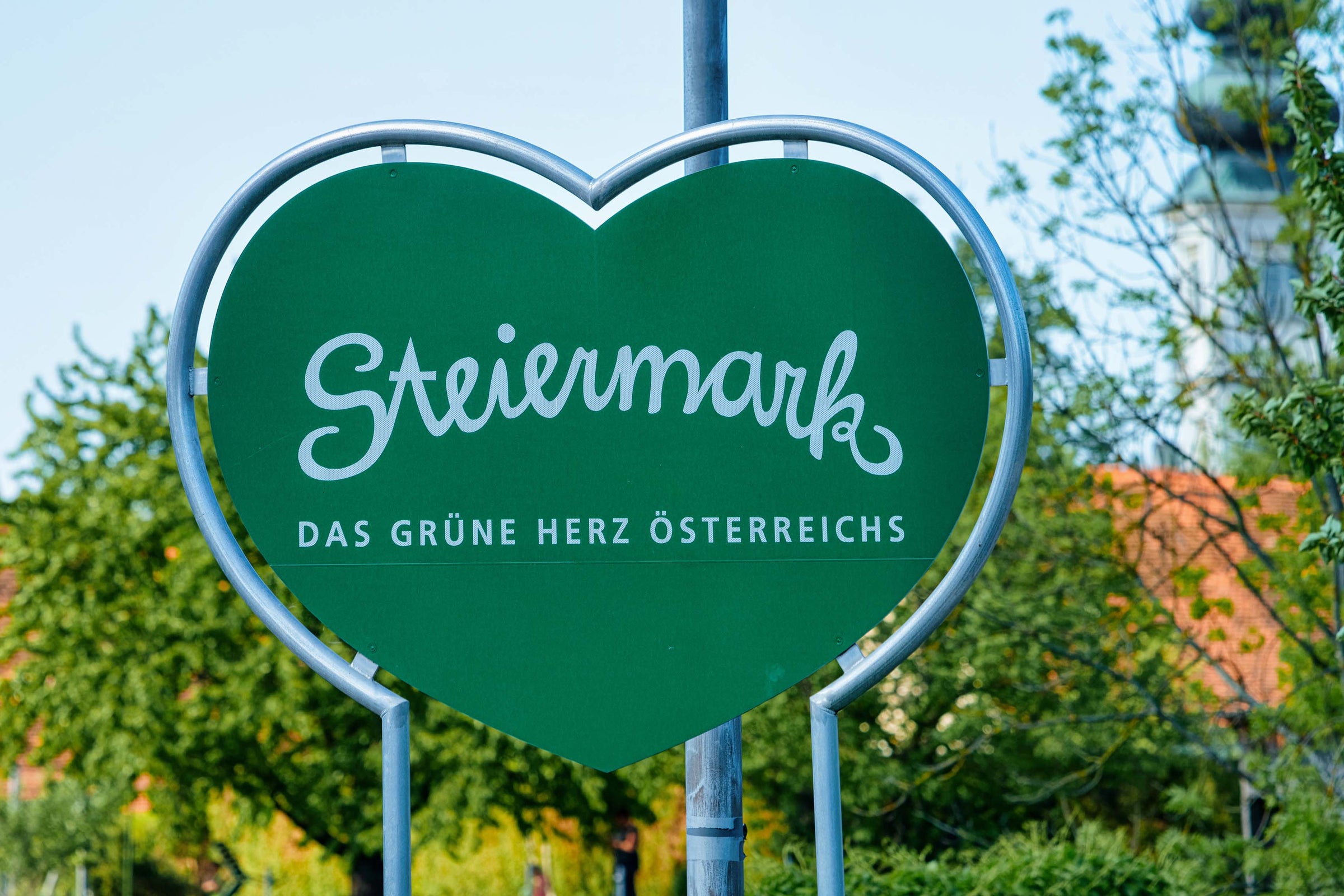For all those who missed the one other time we briefly offered today’s uniquity, this is not the “orange” wine you’re thinking of, not by a long shot. This is a fresh, can’t-keep-your-hands-off Austrian white made entirely from the indigenous Orangetraube grape. Only one producer in the entire country bottles it as a varietal wine so it’s a major victory when you can get your hands on one.
This is not the “orange” wine you’re thinking of, not by a long shot. This is a fresh, can’t-keep-your-hands-off Austrian white made entirely from the indigenous Orangetraube grape. Only one producer in the entire country bottles it as a varietal wine so it’s a major victory when you can get your hands on one.
This mysterious little grape has historically played an important blending role in Vienna’s fan-favorite Gemischter Satz (a co-fermented field blend), and Zahel has utilized it since their first vintage in 1930. However, it took them over three decades to fully realize that: In 1966, they discovered the secret ingredient that had made their flagship Gemischter Satz so incredibly distinct and appetizing all this time was indeed Orangetraube! Since that time, they’ve bottled it in varietal form, and have remained the only producer to do so for the past 50+ years. So, if unique is your game and you’re seeking a wildly flavorful white wine of mind-bending refreshment, Zahel’s just-released 2020 Orangetraube is it! And let’s not forget that while we typically associate “rare” with expensive, today’s $25 gem buries that notion for good. Stock up!
Vienna is the only major European city with a significant stand of vineyards within its boundaries, and that’s why heurigen have thrived here for generations. Traditionally, a heuriger was a local tavern serving up authentic bites and unlabeled jugs of Gemischter Satz picked from family-owned vineyards planted to intermixed grape varieties—a.k.a. “field blends.” Today, these watering holes remain a large part of Viennese culture. Having traveled to Austrian wine country many times, I taste this wine and I’m immediately transported to a heuriger.
So it’s no surprise that’s how Zahel got its start: In the beginning, they only produced wine from half of one hectare and ran a quaint four-table heuriger. It stayed this way for nearly 60 years, until 1989, when third-generation Richard Zahel took over. Today, he and his nephew, Alexander, run this small family enterprise that they’ve since grown to 10 hectares—along with a few more tables in their tavern. Upon Alexander’s arrival in 2005, he began a concentrated push toward Demeter’s biodynamic certification, which was officially achieved in 2018.
Zahel’s 100% Orangetraube is biodynamically farmed in the Viennese wine-growing area of Mauer, where Zahel’s home base is located. Upon singling out these specific vines and hand harvesting, winemaking is clean, simple, and precise: a gentle pressing, fermentation in stainless steel, and bottling in the Spring. To sit at a picnic table drinking wine like this—even if it’s in your backyard instead of a heuriger—is an experience every wine lover should have. Its invigorating freshness, plush palate, and enlivening minerality will automatically send you running for a second bottle. It’s full of high-toned flavors of citrus blossoms, green peach, tangerine peel, apricot, crunchy apple skin, piquant spice, wet stone, and a hint of damp herbs. The palate is utterly joyful and bursts with bright energy, zestiness, and mouth-watering fruits. It’s to be enjoyed now and over the next few years at a cool 45 degrees. Cheers!
